#fowl
Photo

Source details and larger version.
From chickens to chicken people, my collection of vintage poultry is clucking along.
31 notes
·
View notes
Text

Fell asleep on the subway and missed her stop :(
536 notes
·
View notes
Text
Uncharismatic Fact of the Day
Most birds take at least a few weeks to learn how to fly, if not longer. The maleo, however, is a bird far ahead of the game. This species buries its eggs deep underground, and after the chicks hatch they dig their way to the surface and are able to fly almost immediately.
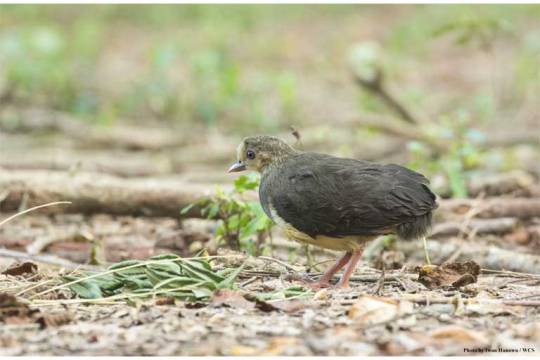
(Image: A newly hatched maleo () chick by Iwan Hunowu)
If you like what I do, consider leaving a tip or buying me a ko-fi!
806 notes
·
View notes
Photo

I made a chicken design with a hen followed by ducklings a while ago but now I hate it and as I’m on break I decided to freshen it up. So now this new fowl family is on my Teepublic here and Redbubble here and you can have a stoic chicken and her various babies on all manner of goods.
You could also pop me a tip over on Ko-fi if you don’t want a stoic chicken and her various babies but you do want to kick a broke student a few bucks.
472 notes
·
View notes
Text
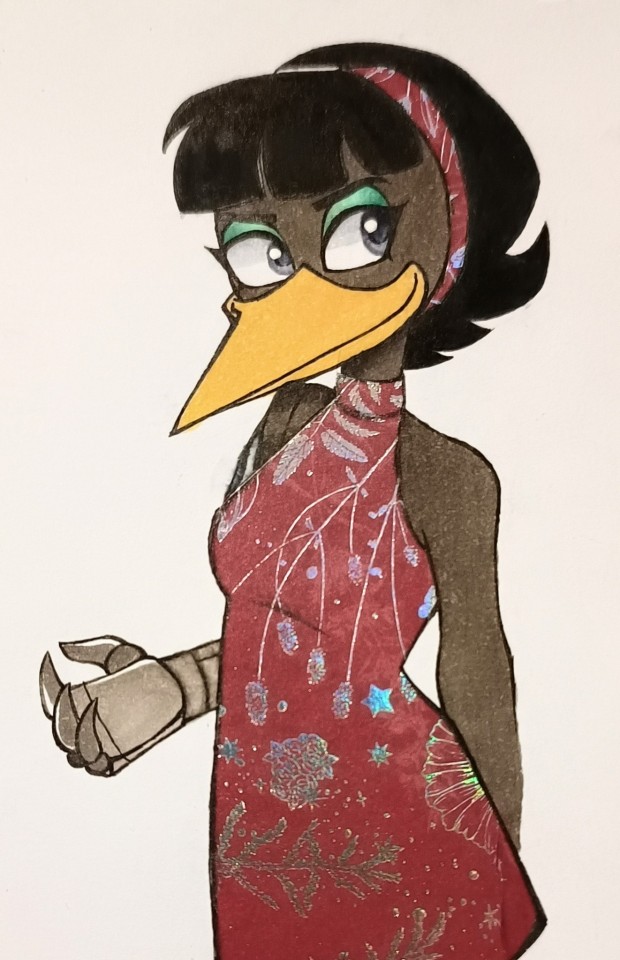
84 notes
·
View notes
Text


#ducktales#ducktales 2017#disney#disney xd#huey duck#dewey duck#louie duck#webby vanderquack#scrooge mcduck#donald duck#della duck#quack pack#barbie#barbie the movie#barbie 2023#fowl#bradford buzzard#buford buzzard#oppenheimer#barbenheimer#oppenbarbie#bentina beakley#bentley buzzard#barbieheimer#barbieheimer2023
401 notes
·
View notes
Note



im obsessed your honor
In all honesty, I adore the concept of a platonic yandere who doesn't try to ruin every other relationship in their obsession's life. They're content with being the No. 1 friend and support any romantic escapades, assuming they approve of the partner, of course.
I imagine Steelbeak has tagged along on quite a few of the dates as what he calls a "wingman/bodyguard". When he can't be there in person or the lesbian reader asks him not to this time, he has Gandra hack the date spot's CCTV or a Find My Phone app so he can remain in the loop.
No doubt: FOWL has a surveillance system for Bradford to monitor his agents and rival powers. You end up with Bradford watching Steelbeak watch the date for the 50th time that day.
#Yandere#Yandere x You#Yandere x Reader#Yandere Memes#Platonic Yandere#Yandere DuckTales#Yandere Steelbeak#DuckTales x Reader#Steelbeak#DuckTales#Lesbian#Lesbian Reader#Adventures of Steelbeak and Lesbian Reader#DuckTales 2017#DT 2017#DT17#FOWL#Nonbinary Lesbian#Imagines#Transfem Lesbian#Yandere Concept#Reader Insert#Fanfiction
134 notes
·
View notes
Text
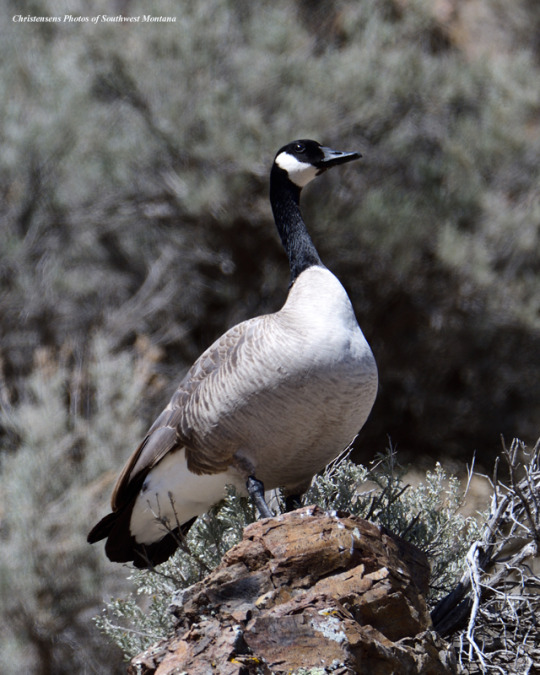
Happy Easter
I was heading past the cliffs overlooking the Beaverhead River the other day and spotted the geese that hang on rocks. They always show up there this time of year. I spotted a lone goose lower down on the cliffs in a good spot for pictures. I had to take my eyes off it to get my camera ready to go. When I looked up, I lost him, completely disappeared. There was a pair further down, so I moved up closer which also gave me a better angle. I took a couple of shots, and then right above me there was honking. It was the first goose that I had lost sight of, at a much better distance and angle than before.
A very good photographer and the owner of Perfect Light and Yellowstone Camera shops Chris Balmer suggested using Auto ISO, seems to work real slick.
Nikon D500, Manual Mode, Tamron 150-600mm VC G2, F/6.3, ISO Auto (140), ET 1/640, Focal Length 600mm, Handheld, Vibration Control on
#canada#goose#canada geese#gander#water#waterfowl#fowl#bird#wildlife#wildlife photography#nature#nature photography#beaverhead#beaverhead-deerlodge national forest#photography#photos of southwest montana#dillon#brad christensen#montana#photographer
42 notes
·
View notes
Photo
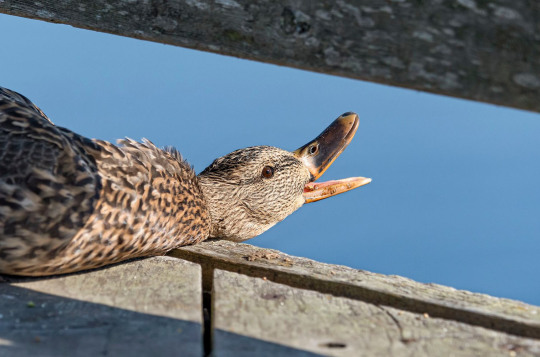
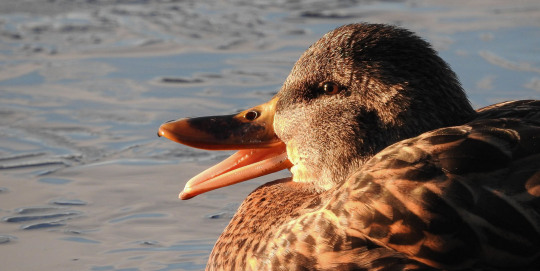
I need to know. Are there two:
A. Long lost lovers
B. Rivals
C. Tax paying adults mind your own business
Silly Duck by David Badke
Duck Face / Portrait by Oo_Andre_oO
Mallard (Anas platyrhynchos)
291 notes
·
View notes
Photo

A flock of crested guinea fowl - South Africa’s Kruger national park
Photo by Richard Flack
Wildlife Photographer of the Year
#richard flack#photographer#wildlife photographer of the year#crested guinea fowl#fowl#bird photographer#south africa#kruger national park#nature
117 notes
·
View notes
Text
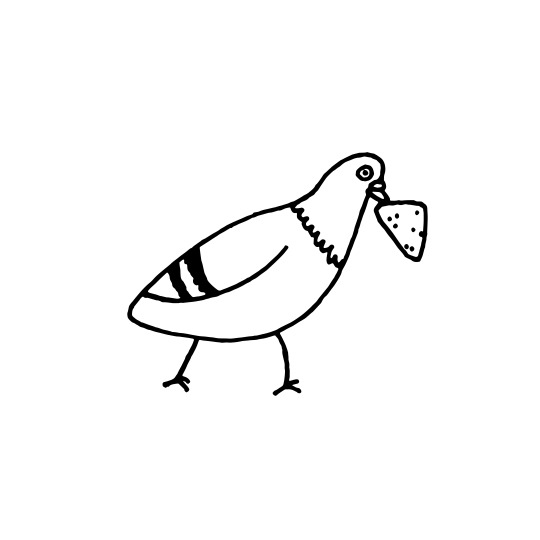
Gonna bring this Dorito home to the wife and kids
#art#doodle#drawing#ratatheart#rat at heart#pigeon#birds#fowl#dorito#wife#kids#working dad#city#chips#good day
58 notes
·
View notes
Photo


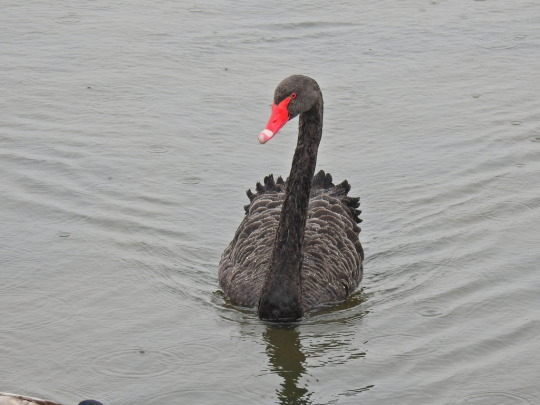
Surprising Black Swans
A popular ornamental waterbird in Europe and North America, the black swan (Cygnus atratus) is a species of swan endemic to Australia and New Zealand. In both their native and introduced ranges they can be found near bodies of fresh or salt water, especially lakes and wetlands with plenty of aquatic vegetation. The species is highly nomadic, and migrate based on yearly rainfall patterns.
Black swans are the second largest swan species, with a maximum weight of 9 kg (19.8 lbs) and a wingspan of 2 m (6.6 ft). Despite being smaller, black swans have the longest neck of any swan. Males, also known as cobs, are slight larger than females-- aka pens. As their name suggests, C. atratus has black plumage, although the flight feathers on their wings are white. The beak is a bright red with a white stripe, thought to be indication of an individuals health and sexual maturity.
Like all swans, the black swan mates for life. In addition to their high fidelity rates, C. atratus is also unique for its high rates of homosexual couples; about 25% of pairings are between individuals of the same sex (primarily males). These mates are known to steal eggs from other nests or form temporary ‘throuples’ with a member of the opposite sex, and some research has shown that homosexual couples are more than twice as likely to successfully raise their young as heterosexual couples.
The mating season for black swans occurs from February to September. While pairs are generally solitary, groups will nest in the same area to increase the chances of finding a mate and decrease the risk of predation. Pairs form when one an individual approaches another and initiates a ritual known as the Triumph Ceremony, in which the individual extends their wings and calls out. If the mate is receptive, they will repeat the gesture, and the pair will then go through a synchronous dance to solidify their pairing. This ceremony is repeated multiple times throughout each breeding season to strengthen the pair’s bond and affirm that between parent and chick.
Females lay 5 or 6 eggs in a clutch, and will alternate incubating them with her partner for 35 to 48 days. After hatching, the young- also known as cygnets- are fairly precocial but will stay in or near the nest for 2 to 3 weeks. It takes up to 6 months for them to completely lose their grey down and grow their adult plumage, though they remain with their family units for up to 9 months. Once they have fully fledged, juveniles join groups of other cygnets for 1-2 years, at which point they become sexually mature.
Black swans can present an intimidating threat to potential predators, so there are few animals that attack fully grown adults. However, eggs and young cygnets can be a target for ravens, birds of prey, and rodents. C. atratus themselves are herbivores and feed primarily on aquatic vegetation.
Conservation status: the IUCN has classified the black swan as Least Concern, and their native populations are stable.
If you like what I do, consider leaving a tip or buying me a ko-fi!
Photos
Damian Shaw
Richard Tommy Campion
Susan Marley via iNaturalist
#black swan#Anseriformes#Anatidae#swans#water fowl#fowl#water birds#birds#freshwater fauna#freshwater brids#lakes#lake birds#wetlands#wetland birds#urban fauna#urban birds#oceania#australia
315 notes
·
View notes
Text
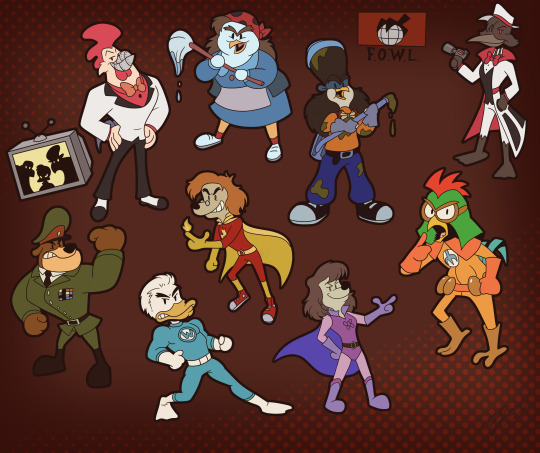
FOWL agents near and far (redbubble)
#my art#dwd#darkwing duck#fowl#steelbeak#ammonia pine#ample grime#major synapse#hotshot#flygirl#mister wonderful#razor quill#dwd oc#dominic domino#high command
93 notes
·
View notes
Text

Fowl 🐓
#inktober 2022#inktober#day16#omg it's half!#IT'S HALF#fowl#zelda breath of the wild#breath of the wild#botw#zelda#link#botw link#kodalacar#fanart
406 notes
·
View notes
Text
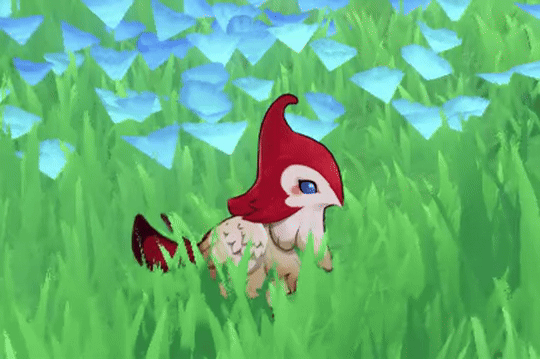
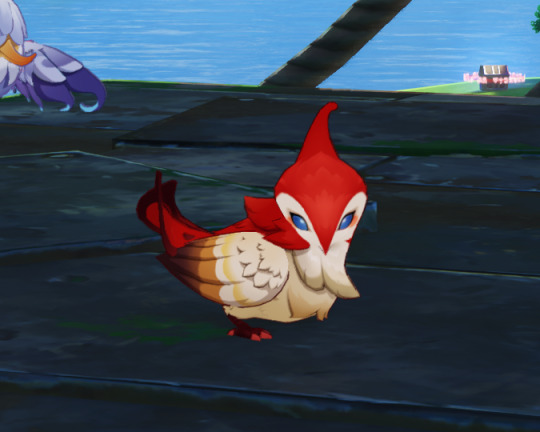
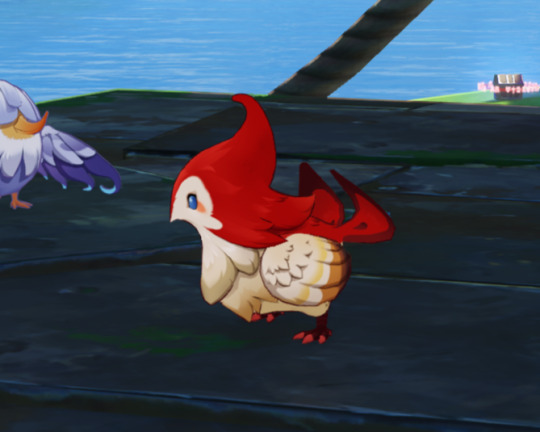
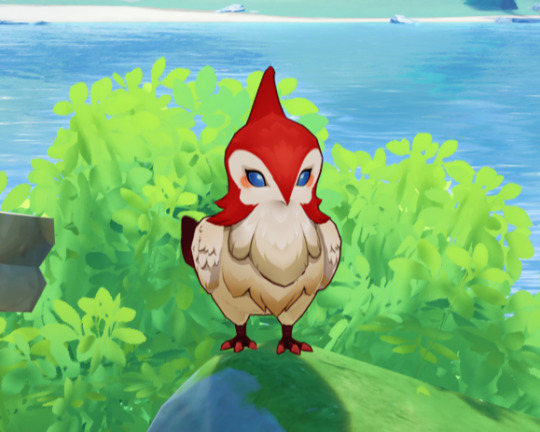


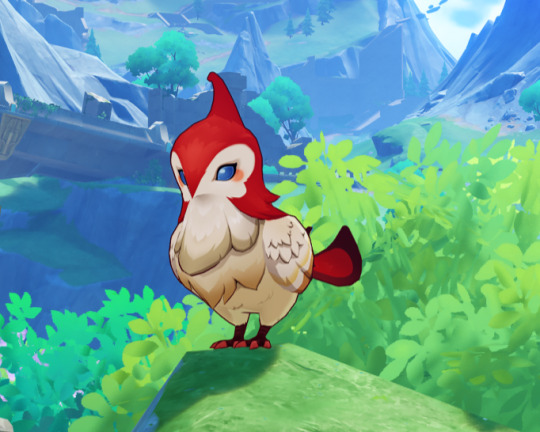
Redcrown Finch: A small songbird commonly found in Fontaine that sings pleasant melodies.
However, despite their good-natured and adorable facade, the Redcrown Finches are extremely combative, sometimes actively and rashly attacking other birds in their vicinity. But while young and bare of feathers upon their crest, these birds are confused and ignorant, hollow of any bellicosity.
As such, in folklore, the feathered crests of the Redcrown Finches are a sign of courage, for only finches that have grown the feathers upon their crest can be seen as warriors that "dare to defy fate itself."
29 notes
·
View notes
